Oil is one of the most critical resources for modern society, and its importance cannot be understated. However, over time, oil becomes contaminated with impurities, reducing its effectiveness and lifespan. the solution is to regenerate the used oil, a technique that removes impurities and extends the life of the oil. In this article, we will explore the different aspects of the oil regeneration process, including the types of oil, regeneration processes, equipment, environmental impact, cost considerations, and case studies of successful regeneration projects.
Table of Contents
Different oil types for the regeneration process
| Type of Oil | Description | Common Uses |
| Mineral Oil | Petroleum-based oil that is refined from crude oil | Lubricants, hydraulic fluids, transformers, and electrical equipment |
| Synthetic Oil | Man-made oil that is designed to have superior performance and properties compared to mineral oil | Automotive and aviation engines, industrial machinery, and equipment |
| Bio-Based Oil | Oil that is derived from renewable resources such as plants or animal fats | Lubricants, hydraulic fluids, and transformers |
| Vegetable Oil | Oil that is extracted from plants such as soybean, sunflower, or corn | Cooking oil, biodiesel, and industrial lubricants |
| Animal Fat | Oil that is derived from animal sources such as tallow or lard | Soap making, biodiesel, and industrial lubricants |
Types of Oil Regeneration Processes
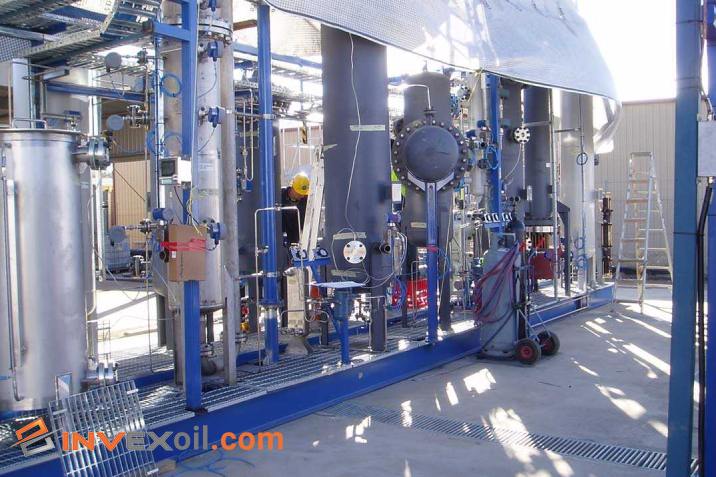
There are several types available, and each process has its unique advantages and limitations
Thermal Regeneration
This method involves heating the contaminated oil to high temperatures to remove the contaminants, water, and other impurities. The oil is heated in a reactor or an oven, and the contaminants evaporate out of the oil. The process is energy-intensive, and it requires a lot of time and careful monitoring to prevent overheating and degradation of the oil. However, thermal regeneration is effective at removing most contaminants from the oil.
Vacuum Regeneration
Vacuum regeneration involves exposing the contaminated oil to a vacuum to remove the contaminants, water, and other impurities. This method is particularly useful for removing water and dissolved gases from the oil. It is also a low-temperature process, which means that the oil does not get exposed to high temperatures that could cause it to degrade. Vacuum regeneration is a more environmentally friendly method of oil regeneration, as it does not produce any emissions or waste products.
Chemical Regeneration
Chemical regeneration involves adding chemicals to the contaminated oil to remove the contaminants and impurities. This method is particularly useful for removing acidic contaminants and metal particles from the oil. Chemical regeneration is a fast and efficient method of oil regeneration, but it requires careful handling of the chemicals and proper disposal of the waste products.
Advantages and limitations
Each process has its unique advantages and limitations, and the choice of method depends on the type of oil and contaminants present, as well as the desired quality of the regenerated oil. Proper selection and use of oil regeneration equipment and testing methods can help ensure that the regenerated oil meets the required standards for reuse.
| Type of oil | Method | Advantages | Limitations |
| Thermal Regeneration | Heating contaminated oil to high temperatures in a reactor or oven to evaporate contaminants | Effective at removing most contaminants | Energy-intensive, requires careful monitoring to prevent overheating and degradation of oil |
| Vacuum Regeneration | Exposing contaminated oil to a vacuum to remove contaminants and impurities | Particularly useful for removing water and dissolved gases; low-temperature process | May not be effective for removing all types of contaminants |
| Chemical Regeneration | Adding chemicals to contaminated oil to remove contaminants and impurities | Fast and efficient; particularly useful for removing acidic contaminants and metal particles | Requires careful handling of chemicals and proper disposal of waste products |
Benefits of Oil Regeneration
- Cost savings: Oil regeneration can save businesses a significant amount of money by reducing the need for new oil purchases and disposal costs.
- Environmental benefits: Oil regeneration helps reduce the amount of waste generated by used oil, which helps protect the environment and reduce the carbon footprint of businesses.
- Improved equipment performance: Regenerated oil can improve the performance and lifespan of equipment by reducing the amount of contaminants in the oil.
- Compliance with regulations: Many jurisdictions have strict regulations governing the disposal of used oil, making oil regeneration a viable option for businesses to remain compliant with these regulations.
- Resource conservation: Oil regeneration helps conserve natural resources by reducing the need for new oil production and the associated environmental impacts.
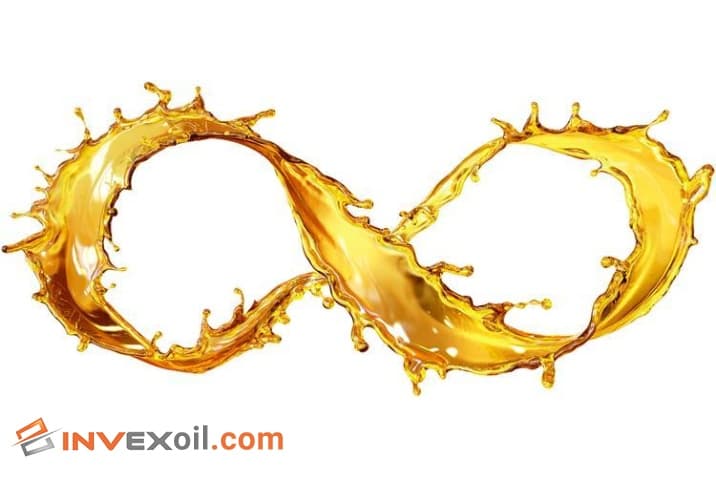
Oil Regeneration Equipment
There are several types of equipment used in oil regeneration, including filters, heaters, pumps, and separators. Filters are used to remove solid particles and contaminants from the oil, while heaters are used to heat the oil to the required temperature for the regeneration process. Pumps are used to move the oil through the regeneration process, and separators are used to separate the regenerated oil from the contaminants.
One of the newest and most advanced types of equipment used in oil regeneration is electrostatic equipment. This equipment uses an electrostatic field to remove contaminants from the oil, resulting in a high-quality regenerated oil. Electrostatic equipment is also energy-efficient, making it an environmentally-friendly option.
Oil Analysis and Testing
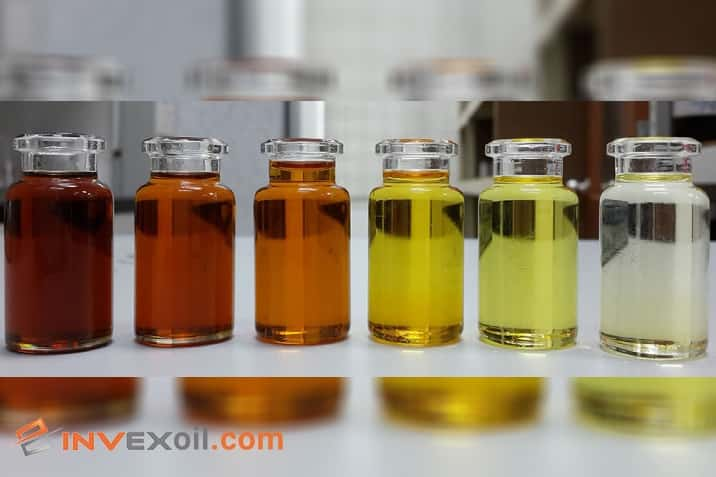
Oil analysis and testing are essential parts to identify potential issues with the equipment. allowing for preventative maintenance to be performed before any major issues occur.
There are several types of oil tests, including viscosity, acidity, flashpoint, and water content tests. Each test provides valuable information about the condition of the oil, allowing for any necessary adjustments to be made to the regeneration process. In addition to these tests, there are also specialized tests that can be performed to identify specific contaminants, such as metals, particulates, and water.
Environmental Impact of Oil Regeneration
Oil regeneration can have a significant impact on the environment, both positive and negative. One of the significant benefits of oil regeneration is that it can reduce the amount of waste generated from used oil. regeneration process can also result in emissions and energy consumption. Thermal and vacuum regeneration processes require a significant amount of energy, which can lead to increased greenhouse gas emissions and generate waste, such as contaminated filters and other equipment, which must be disposed of appropriately to prevent further environmental damage. Disposal of this waste must be carried out in compliance with local regulations to avoid any negative environmental impact.
Cost Considerations of Oil Regeneration Process
Oil regeneration can be a cost-effective solution for companies that need to maintain the quality of their lubricants while minimizing expenses associated with oil replacement. However, it is essential to understand the different cost considerations associated with oil regeneration to determine if it is the right option for your business.
| Cost Consideration | Description |
| Initial Investment | This includes the cost of purchasing and installing the oil regeneration equipment, such as the initial investment in the machinery. |
| Operating Costs | This includes the cost of running the oil regeneration equipment, such as the cost of electricity, water, and consumables. |
| Cost Savings | This includes the cost savings associated with oil regeneration, such as reduced oil replacement costs and extended equipment life. |
| Return on Investment (ROI) | ROI is a financial ratio used to evaluate the efficiency of an investment. It is calculated by dividing the net profit by the initial investment cost. |
Initial Investment
The initial investment for oil regeneration equipment can be significant, especially for larger systems. However, this investment can be offset by the long-term cost savings associated with reduced oil replacement and disposal costs.
Operating Costs
The operating costs of a system include electricity, labor, and maintenance costs. However, these costs are typically lower than the expenses associated with purchasing new oil.
Cost Savings
The most significant cost savings associated with oil regeneration are related to reduced oil replacement and disposal costs. By regenerating used oil, companies can extend the life of their lubricants, reducing the need for frequent oil replacements. Additionally, regenerated oil can be reused, reducing disposal costs and minimizing environmental impact.
Case Studies of Successful Oil Regeneration Projects
Case studies of successful oil regeneration projects demonstrate the effectiveness of the process in extending the lifespan of industrial oils and reducing costs associated with oil replacement. One such case study involves a power plant in the United States that was experiencing issues with its turbine oil, which was heavily contaminated with water and varnish deposits. Rather than replacing the oil, the power plant opted for oil regeneration, which resulted in a 75% reduction in varnish potential and a 50% reduction in acidity levels, significantly improving the performance and longevity of the oil.
Conclusion
oil regeneration process has gained increasing attention in recent years due to its numerous benefits. It involves restoring the quality of used oil through various techniques such as thermal, vacuum, and chemical regeneration.cost considerations show that while there is an initial investment, the long-term cost savings make it a viable option for many companies. Several successful case studies have been highlighted, demonstrating the effectiveness of oil regeneration in various industries. Overall, oil regeneration offers a promising solution for extending the life of oil, reducing waste, and promoting sustainability.
FAQ
These questions are the most frequently asked and provide answers about This topic. You can find the information you need below:
What is the purpose of oil regeneration?
The purpose of oil regeneration is to restore used or contaminated oil to a usable condition by removing impurities, contaminants, and degradation products, extending its lifespan and maintaining optimal performance.
What are the key steps involved in the oil regeneration process?
filtration, separation, dehydration, demulsification, and chemical treatment to remove contaminants, water, and impurities from the oil.
What are the benefits of oil regeneration?
Oil regeneration offers several benefits, including cost savings through the reuse of regenerated oil, reduced environmental impact by minimizing waste, and improved equipment reliability and performance due to cleaner and higher-quality oil.

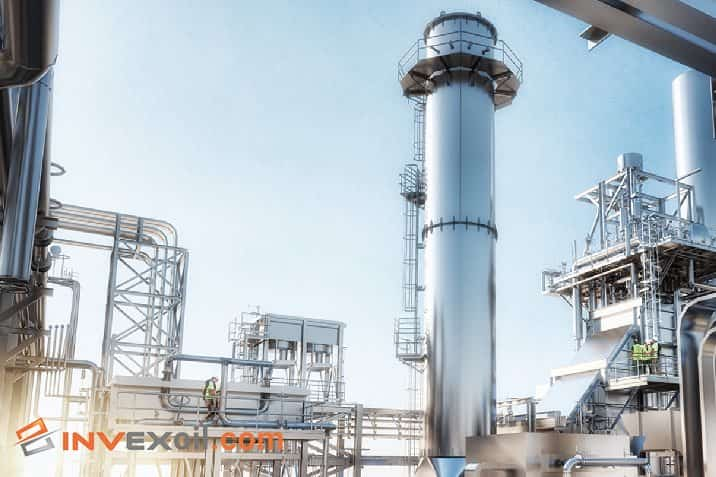


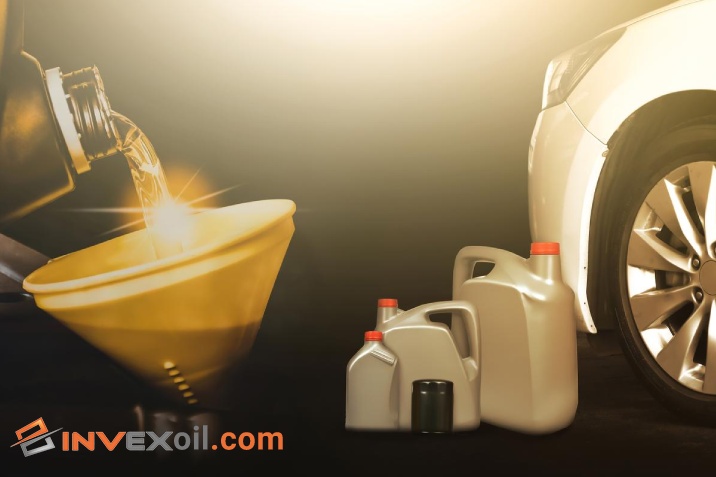
In Onliner.co, Our team with 12 professional members in each of content creation, on-page, off-page, and technical domain has always been able to achieve customer satisfaction with 12 years of experience in SEO. In the content creation sector, our expert writers are up to date and experienced to provide a high quality and unique contents.